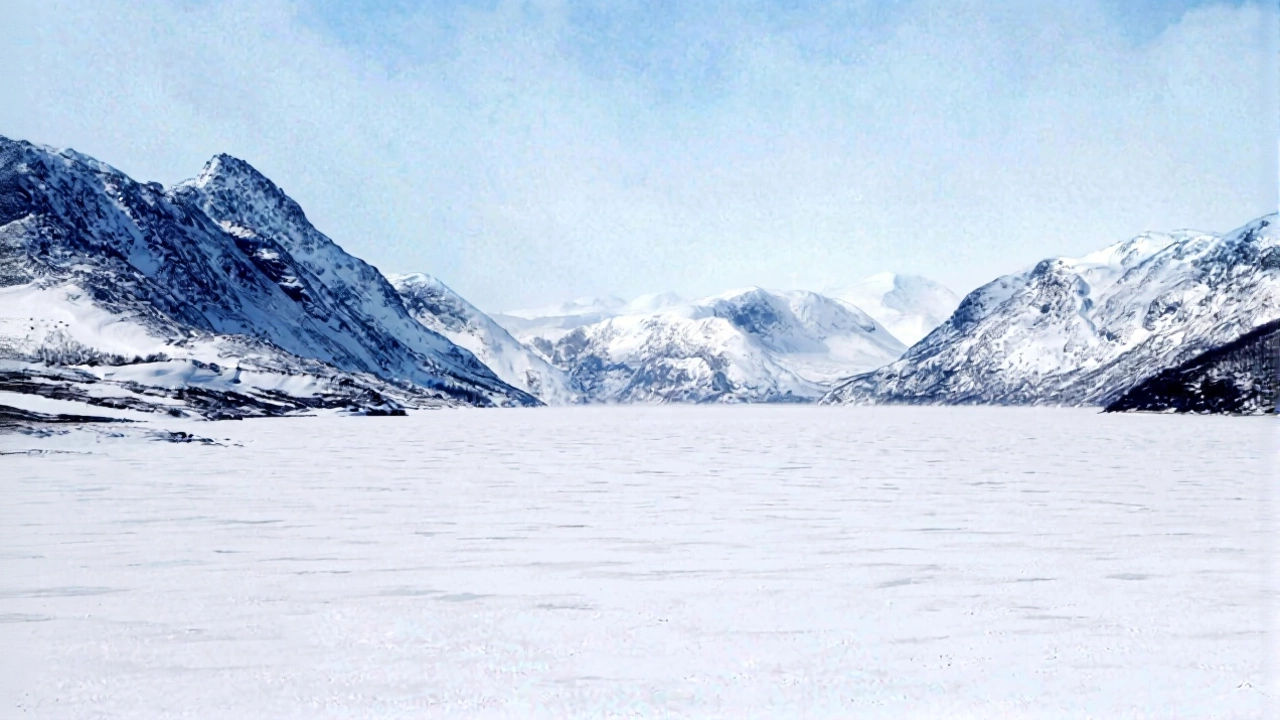Winter Sports
When talking about Winter Sports, any athletic activity that takes place on snow or ice during the colder months. Also known as cold‑weather sports, it brings together athletes who thrive in freezing conditions. Whether you love zipping down a hill or gliding across a frozen lake, the appeal is the same: a rush of adrenaline mixed with crisp winter air.
The heart of winter sports beats strongest in the mountains and arenas where Skiing, gliding down snow‑covered slopes using skis, poles, and precise body movements and Ice Hockey, a fast‑paced team game played on an ice rink with skates, sticks, and a puck. Both demand skill, proper gear, and a love for speed. In addition, Figure Skating, a blend of athletic jumps and graceful choreography performed on ice adds artistry to the mix, showing that winter sports aren’t just about power—they’re also about style.
Key Disciplines in Winter Sports
Winter sports includes several core disciplines: skiing, snowboarding, ice hockey, and figure skating. Each discipline has its own set of equipment, rules, and training paths. For example, skiing requires boots, bindings, and skis that match the rider’s skill level, while snowboarding uses a single board, bindings, and boots designed for sideways stance. Ice hockey players need skates, protective gear, and a stick, and they practice on a rink that measures about 60 by 30 meters. Figure skaters, on the other hand, focus on toe‑picks, jump rotations, and expressive routines, often competing on the same ice as hockey players but with a completely different goal.
These sports also shape local economies. Snowboarding and skiing attract tourists to mountain resorts, boosting lodging, dining, and gear rentals. Ice hockey drives community engagement through youth leagues and local arenas, while figure skating draws audiences to competitions and ice shows. The relationship between sport and tourism is a classic case of winter sports influencing regional development.
Training for winter sports usually starts early. Young athletes might begin with basic balance drills on flat snow or ice before progressing to full‑speed runs. Coaches emphasize core strength, flexibility, and mental focus—attributes that translate across all winter activities. Whether you’re learning to carve a turn on a ski slope or perfecting a spin for a skating routine, consistent practice builds confidence and reduces the risk of injury.
Safety is a shared priority. Proper helmets, goggles, and layered clothing protect against cold, impact, and visibility issues. In alpine environments, avalanche awareness and rescue gear become essential for backcountry skiers and snowboarders. On the ice, rink officials enforce rules to keep collisions under control. Understanding these safety measures helps participants enjoy the thrills without unnecessary worry.
Ultimately, winter sports offer something for everyone—speed, strategy, grace, or community. Explore the excitement of Winter Sports now, and you’ll find a world where cold weather fuels passion, competition, and unforgettable moments. Below you’ll find a curated collection of articles that dive deeper into each discipline, gear tips, and stories from athletes who live for the season’s chill.

Snow Cover Vanishes: Europe’s Alpine Winters Shrink as Temperatures Rise
Europe’s snow cover has fallen 15% since the 1960s, cutting ski seasons and threatening water supplies, says the European Environment Agency’s 2025 report.
Continue Reading
